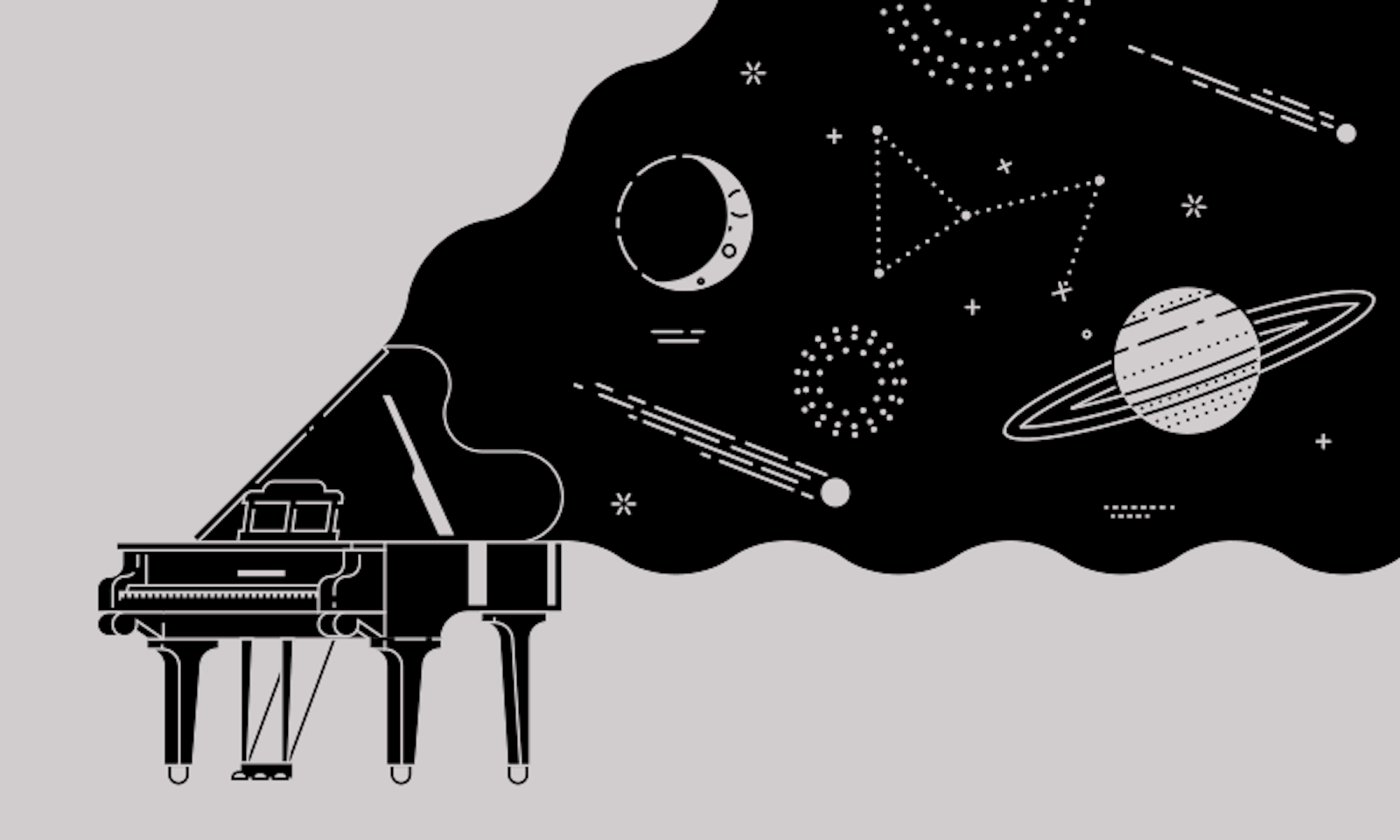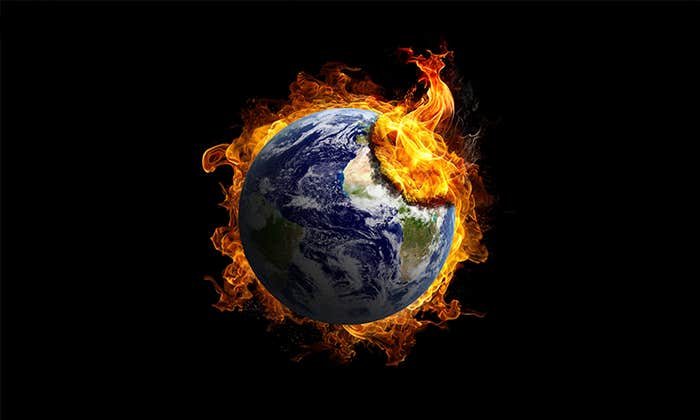On a daring flight in 1836 from London across the English Channel and beyond, the pioneering balloonist Charles Green and his companions found themselves flying at night over the city of Liège in Belgium, at that time one of Europe’s major industrial centers, and were overwhelmed by the thunderous machine noise below. “There was,” records the historian Richard Holmes, “disembodied shouting, coughing, swearing, metallic banging, and sometimes, weirdly, sharp echoing bursts of laughter.” From a balloon, the world beneath becomes not just a panorama but a panacousticon, in which everything is audible.
Float higher than a few hundred feet, however, and most sounds on the ground start to become too faint for the human ear. At a height of 21 kilometers, or 13 miles, the current world altitude record for manned balloon flight, you’d need sophisticated microphones to detect anything. The deep blue air is not endless; by the time you’re 80 kilometers (50 miles) up it is so thin that the only sounds that can pass through it are at frequencies typically below the range of human hearing such as those from earthquakes. Above the Kármán line, at 100 kilometers (62 miles), begins a vast expanse with almost no sound at all—except, perhaps, for the occasional billionaire shouting “Whee!.”
Humans on Venus would sound like bass Smurfs.
Sound can travel wherever matter is sufficiently concentrated, so it is present in and on stars, planets, and other concentrations of atoms in space just as it is on the isle of noises that is the Earth. Convection currents on the surface of the sun create sound waves that would be as loud as a jackhammer on Earth if air as thick as our lower atmosphere extended all the way there. The effect would be a dull roar, rather like standing next to Niagara Falls but about twice as loud. Sound waves also bounce around inside the sun, and astro-seismologists study them to “see” vast rivers of material flowing around deep in the interior.
At a much larger scale, sound waves reverberate inside super-bubbles—cavities hundreds of light-years across which are made by the stellar winds and supernova explosions of stars 80 to 100 times the mass of the sun. The sounds are very deep, though not as deep as those emitted by black holes such as the one at the center of the Perseus cluster, which oscillates once every 10 million years or so. In a “remix” published in 2022, the Perseus waves are scaled up by 57 and 58 octaves. The result is rather like the groans of a ghost in a bottomless well.
There is sound within and on planets and moons in our solar system too. Mercury has no atmosphere to speak of and so is silent above ground but, pulled and yanked by the sun, the planet is subject to seismic activity. If you were to put your ear—or more likely some seismological equipment—to its surface this would be clearly detectable. Seismometers placed on Earth’s moon enable researchers to measure shudders and groans that are mainly caused by meteor impacts, and the squeezing and stretching of its interior by the tidal pull of the Earth. Quakes on Mars, which appear to be produced by the planet cooling and contracting, enable researchers to map the planet’s interior. Some also hope to install devices to measure seismic wave propagation on Jupiter’s moons Ganymede and Europa, and Saturn’s moon Enceladus one day.
In contrast to Mercury, Venus has an atmosphere that conducts sound rather well. At ground level this “air” is a supercritical fluid of carbon dioxide more than 90 times as dense as the atmosphere on Earth. If, as seems likely, there is thunder that accompanies the lightning that tears through the Venusian sky, it would reach one’s ears quickly but could be rather muffled, and at higher frequencies.
In 2012 researchers modeled the effects that the different atmospheres, pressures, and temperatures on Venus, Mars, and Saturn’s moon Titan would have on the human voice and other sounds. Setting aside the detail that on Venus a human being would be crushed and burned up almost instantaneously, the pitch of your voice would become much deeper as the vocal cords vibrated more slowly in the gassy soup of its atmosphere. However, because the speed of sound is much faster than it is on Earth, our brain would judge the speaker to be farther away. Humans on Venus, the researchers concluded, would sound like bass Smurfs.
The thinness of Martian air means that even the great storms that sometimes blow would feel like zephyrs and gentle spirits of the air to a human standing on the planet. The only ambient sound one might hear would be dust and sand bouncing off the faceplate of one’s space helmet. It has become possible, however, to listen remotely to the actual sound of Martian wind blowing at much lower speed. Recordings made by the Perseverance Rover and beamed back to Earth in March 2021 reveal it to sound pretty much as you might imagine: an empty gusting in one of the most desolate places imaginable, where no water has flowed for billions of years. The following month Perseverance captured the sound of its tiny helicopter drone, Ingenuity. It sounds pretty much like a drone on Earth, though marginally deeper.
Space, The Hitchhiker’s Guide to the Galaxy helpfully explains, is big. The corollary is that “tiny” does not begin to describe how mind-squishingly small the Earth is by comparison. But the vast cosmos, which started with sound, is now silent for the most part. The idea of such an unimaginably large sonic abyss can induce a sense of existential vertigo. That prospect, however, need not terrify. The musician Jordi Savall says that he prefers to record between about two and four in the morning, when “you can feel the deepness of the universe because the silence is so enormous.” And so it is that awareness of the void can be a gateway to living with more delight in what one can experience, co-create and share of this world and whatever exists beyond. ![]()
This excerpt is the first in a four-part series adapted from excerpts of Caspar Henderson’s Book of Noises: Notes on the Auraculous. Look for the next one next week.
Reprinted with permission from A Book of Noises: Notes on the Auraculous by Caspar Henderson, published by the University of Chicago Press. © 2023 by Caspar Henderson. All rights reserved.
Lead image: Mascha Tace / Shutterstock




























